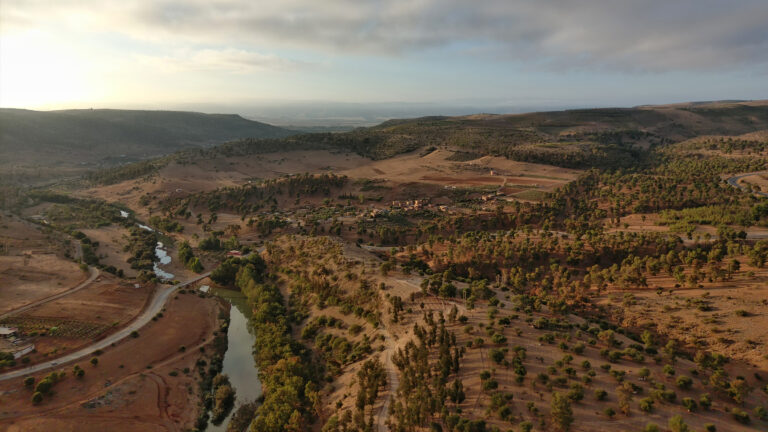Astonishing artifacts: A glimpse into how people lived in the past

Each week, we showcase a different astonishing artifact that gives us new insight into how our ancestors lived.
Science and Technolgy blog

Each week, we showcase a different astonishing artifact that gives us new insight into how our ancestors lived.

A new meta-analysis has examined the association between financial stress and the risk of cardiovascular diseases. The results showed that individuals experiencing financial stress have around a 19% higher risk of developing a major cardiovascular event, such as a myocardial…

Enlarge / A salvage ship raises a portion of SpaceX’s Super Heavy booster from the Gulf of Mexico. This booster was used on the most recent Starship test flight in June. (credit: SpaceX) Welcome to Edition 7.13 of the Rocket…

Enlarge (credit: Chesky_w via Getty) When security researchers in the past found ways to hijack vehicles’ Internet-connected systems, their proof-of-concept demonstrations tended to show, thankfully, that hacking cars is hard. Exploits like the ones that hackers used to remotely take…

Chimpanzees and bonobos have great memories for familiar faces. Research now suggests that these apes can recognize members of their own species. Not just day to day or month to month. These animals recognized others even after more than 26…

The society “bridged the gap” between Africa and Europe over 5,000 years ago.

A new study published in Brain, Behavior, and Immunity reveals a significant link between childhood abuse and a higher risk of developing post-COVID-19 conditions, also known as long COVID. The research found that those who experienced severe abuse as children…

Amazon Prime Big Deal Days 2024 returns October 8-9. Here are the biggest early discounts on air purifiers, electric toothbrushes, rowing machines, telescopes, binoculars, microscopes, cameras and more.

Ana de Armas stars as dancer/assassin Eve Macarro in From the World of John Wick: Ballerina. John Wick fans hoping for a fifth film in the hugely popular action franchise will at least be able to return to “Wick-World” next…

Enlarge (credit: The Tor Project) The Tor Project, the nonprofit that maintains software for the Tor anonymity network, is joining forces with Tails, the maker of a portable operating system that uses Tor. Both organizations seek to pool resources, lower…